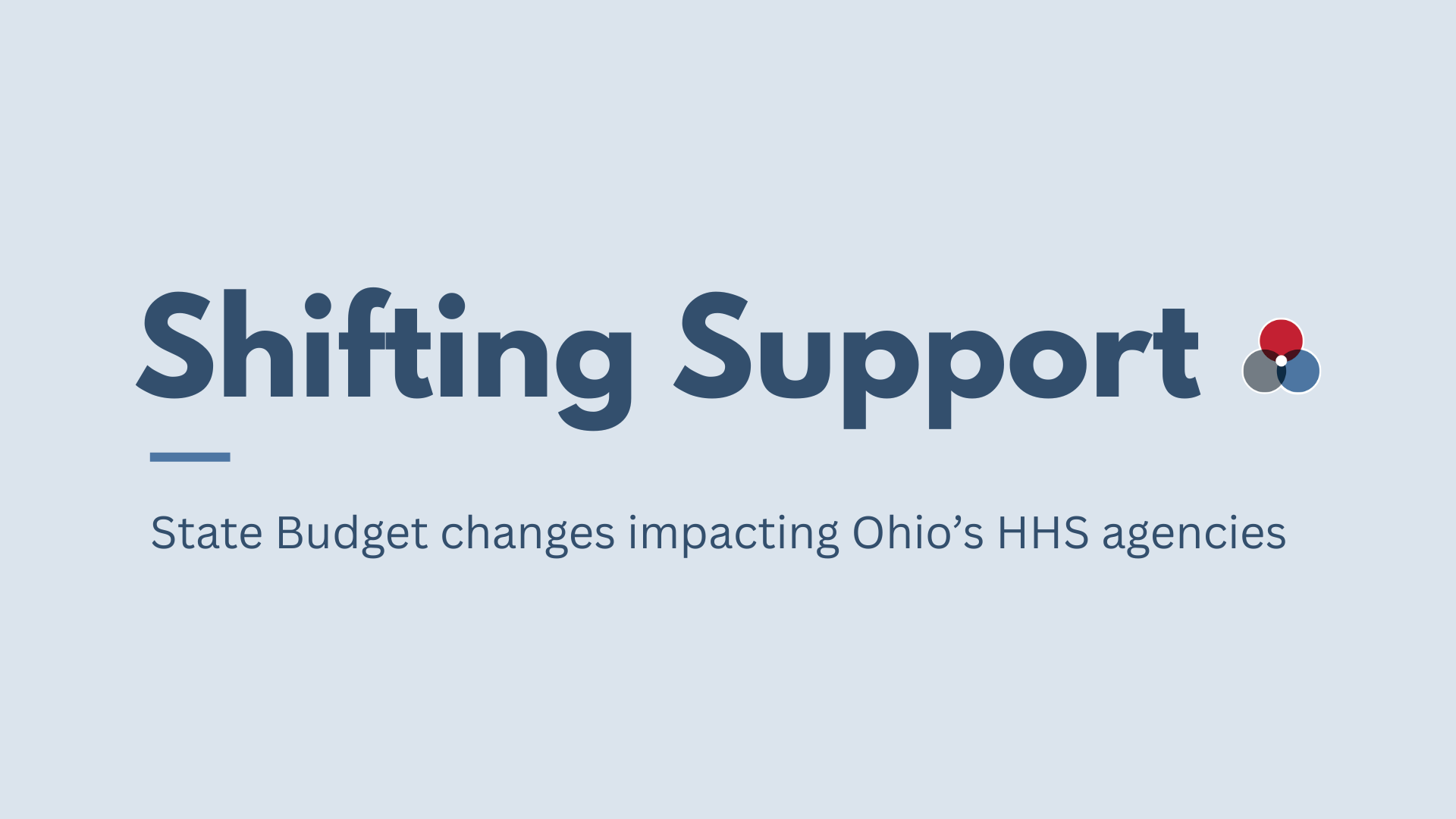BACKGROUNDIn a March 1st testimony provided by Cuyahoga County Job and Family Services in opposition to Ohio’s “Group VIII Work Requirement and Community Engagement 1115 Demonstration Waiver,” the County provided administrative analysis indicating the case management needs the new eligibility conditions would impose on their operations. This analysis included information regarding what would be necessary to carry out the appraisals mandated in the proposal as well as the associated costs. As documented in other states such as Kentucky, Virginia, and Pennsylvania, 1115 Waivers with work requirements increase the administrative burden and expense of state and local governments. However, in Ohio’s application, these figures are absent from the legally-required budget neutrality estimates.
1115 Waivers with work requirements increase the administrative burden and expense of state and local governments.
In an attempt to provide a more holistic representation of what this waiver would entail, the Center for Community Solutions has leveraged Cuyahoga County’s methodology and applied it statewide. This analysis shows that County Departments of Job and Family Services would need to provide case management services for nearly 234 thousand enrollees per year at a cost of more than $378 million over the course of the waiver. [bctt tweet="#Medicaid eligibility requirements would cost counties more than $370 million" via="no"]METHODOLOGYCuyahoga County projected it would need to provide appraisals for nearly a third of the 96,085 individuals currently enrolled in Medicaid through the expansion. This number was derived from County data which sought to control for known exemption criteria, including age and participation in Ohio’s Able Bodied Adults Without Dependents (ABAWD) work requirement in Ohio’s Supplemental Nutrition Assistance Program (SNAP). The County also estimated the potential for re-appraisals (2250) as well as new applications (2000), though these numbers are hard to predict as they are dependent on the stability of economics of the region (Medicaid is counter-cyclical) and because there has been no previous experience with this type of Medicaid waiver in Ohio. Additionally, the County provided a per-case cost estimate based on its experience with the ABAWD program and predicted an annual cost of $323.52/case.Using the volume experience to derive a ratio for appraisals, re-appraisals and new applications, we used current state enrollment figures, by county, and estimated volumes for each type of case management activity. Using that volume, we applied the average case cost and created an overall estimation of cost by county. These numbers were then annualized and converted into a five year total, the length of the proposed waiver’s life.As Ohio is planning on exempting some counties with high unemployment, we created a range to account for potential variance. It should also be noted that county administrative operations are different, so each county’s experience may be dissimilar. It is also important to note that counties do not have access to the Ohio Benefit Worker Portal, which would benefit the accuracy of their predictions.


*Indicates a County that may potentially be exempt from the requirement.








